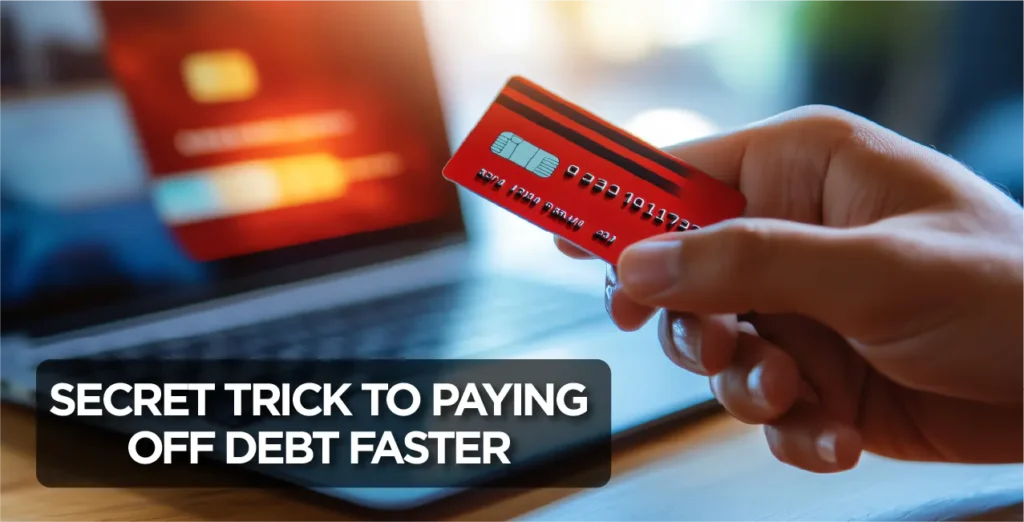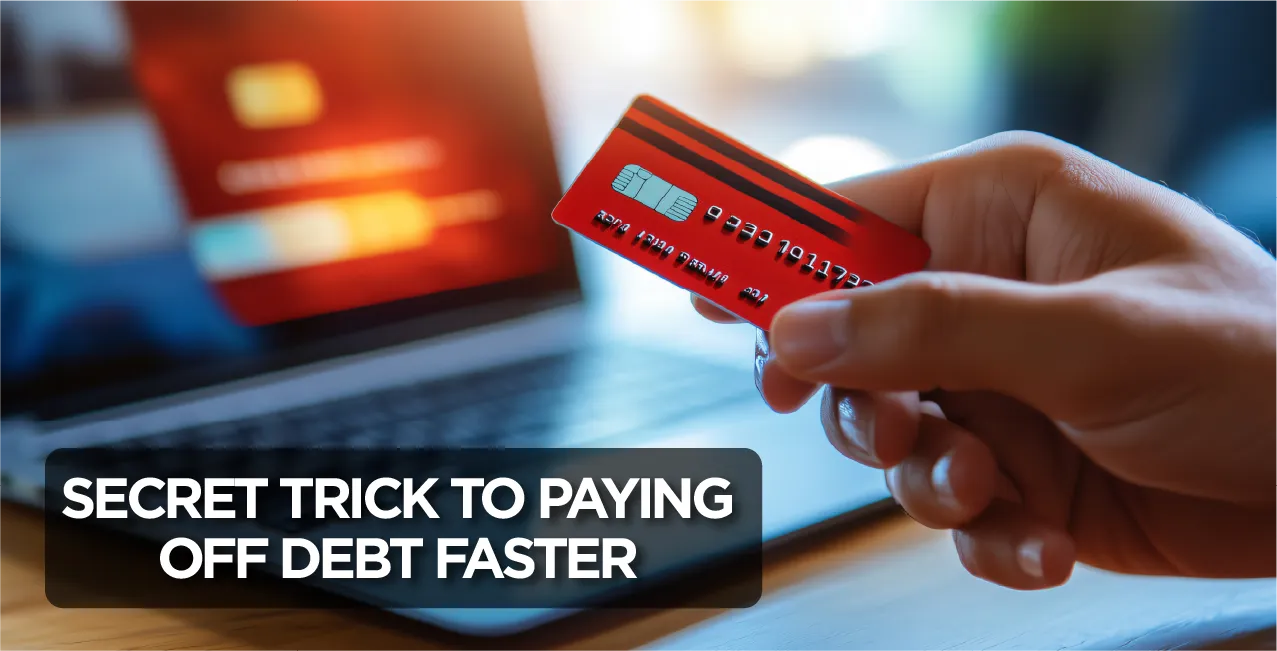
Credit cards offer convenience, rewards, and flexibility. But for many, they’ve also become a source of financial stress. With interest rates soaring—often 25% to 35% annually in India and similarly high across the globe—credit card debt can quickly spiral out of control if not addressed properly.
If you’re struggling to get out of debt or simply want to clear your balances faster, this guide outlines proven strategies to help you break free from high-interest payments and regain financial control in 2025.
Why Credit Card Debt Is So Dangerous
Credit card debt is often referred to as “toxic debt”—and for good reason. Unlike home or education loans that may build future value, credit card debt often results from impulse spending or emergencies. Add in high compounding interest, and it becomes harder to escape with every missed payment.
Here’s how it hurts:
- Interest compounds monthly, meaning the longer you delay, the more you owe.
- Your credit score suffers, affecting future loan eligibility.
- Minimum payments barely cover interest—prolonging your debt indefinitely.
Step 1: Stop the Bleeding—Avoid New Charges
The first step is discipline. If you’re serious about paying off your credit card debt, stop using the card immediately. Switch to cash, UPI, or debit cards for all purchases. If necessary, temporarily freeze the card to avoid temptation.
Step 2: List All Your Debts
Create a list of all your outstanding credit cards and include:
- Total balance
- Interest rate (APR)
- Minimum monthly payment
This snapshot helps you understand the size of your problem and where to start.
Step 3: Choose a Repayment Strategy
There are two proven approaches to paying off multiple debts:
🔹 The Avalanche Method
- Pay off the card with the highest interest rate first while making minimum payments on others.
- Saves the most money on interest long-term.
🔹 The Snowball Method
- Pay off the card with the smallest balance first to gain momentum.
- Provides quick emotional wins and motivation.
Example:
- Card A: ₹50,000 at 35%
- Card B: ₹20,000 at 25%
- Card C: ₹10,000 at 22%
Avalanche: Start with Card A
Snowball: Start with Card C
Step 4: Negotiate With Your Bank
Many people don’t realize that banks are often willing to work with you—especially if you’re a long-time customer or struggling.
✅ Ask for a lower interest rate
✅ Request to convert your outstanding balance into an EMI with a fixed tenure
✅ Look for “Balance Transfer” offers to lower your interest temporarily
Some banks offer 0% interest for 3-6 months on transferred balances—giving you time to catch up.
Step 5: Increase Your Monthly Payment
The minimum payment is designed to keep you in debt. If possible, double or triple your monthly payment. Every extra rupee you pay goes toward reducing the principal balance, not just interest.
Even increasing your payment by 10–20% can shave months (or even years) off your repayment timeline.
Step 6: Use Windfalls Wisely
Bonuses, tax refunds, cashback rewards, gifts—don’t waste these on new expenses. Instead, redirect any windfall income toward your credit card debt. Every lump sum payment knocks down the balance faster and reduces interest costs over time.
Step 7: Create a Tight, Realistic Budget
Paying off debt requires sacrifice. Track your expenses and identify non-essentials:
- Streaming subscriptions you rarely use
- Eating out
- Impulse shopping
- Weekend trips
Use budgeting apps like Walnut, Mint, or Goodbudget to stay accountable. Allocate every spare rupee to your debt until you’re free.
Step 8: Consider a Side Hustle
An extra source of income, even if temporary, can dramatically accelerate your debt payoff journey. Consider:
- Freelancing (writing, graphic design, coding)
- Tutoring or coaching
- Weekend delivery or rideshare gigs
- Selling unused items online
Every bit helps—₹5,000 extra a month can make a major difference.
Step 9: Celebrate Small Wins
Debt repayment can feel like a long journey, so celebrate milestones along the way:
- First card paid off
- ₹25,000 milestone
- Hitting 50% of your goal
This emotional reinforcement helps you stay committed and motivated.
Step 10: Build a Debt-Free Lifestyle
Once your cards are paid off, don’t fall back into the trap.
- Maintain one credit card for emergencies or specific rewards—but pay the full balance monthly.
- Continue using your budgeting and saving habits.
- Build an emergency fund to avoid using credit in a crisis.
- Start investing the money you were putting toward debt.
Final Thoughts
Paying off credit card debt isn’t easy—but it’s absolutely possible with a clear plan, discipline, and determination. In 2025’s economic climate—where inflation and interest rates remain high—it’s more important than ever to become debt-free and financially resilient.
Start today. Your future self will thank you.

